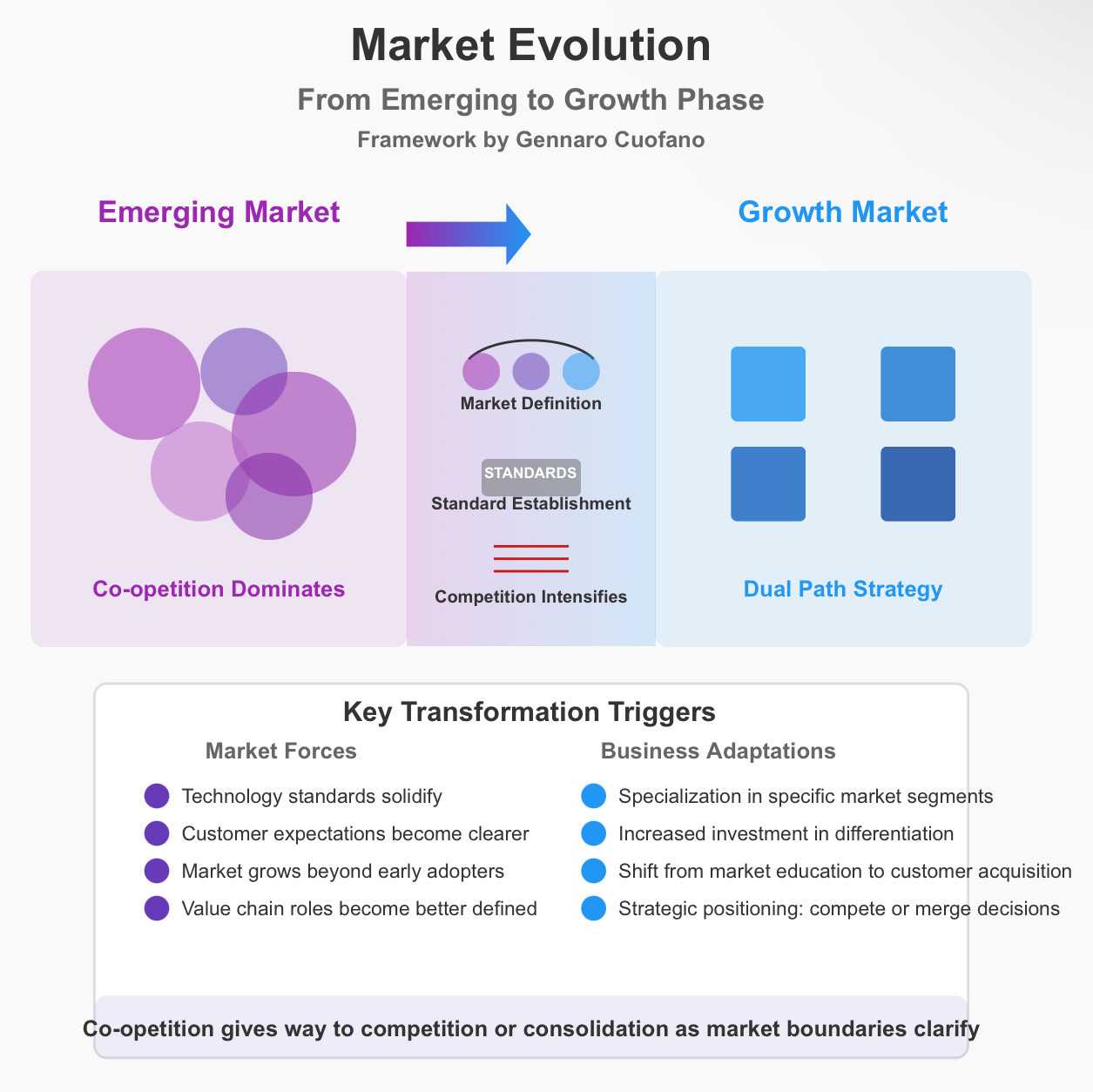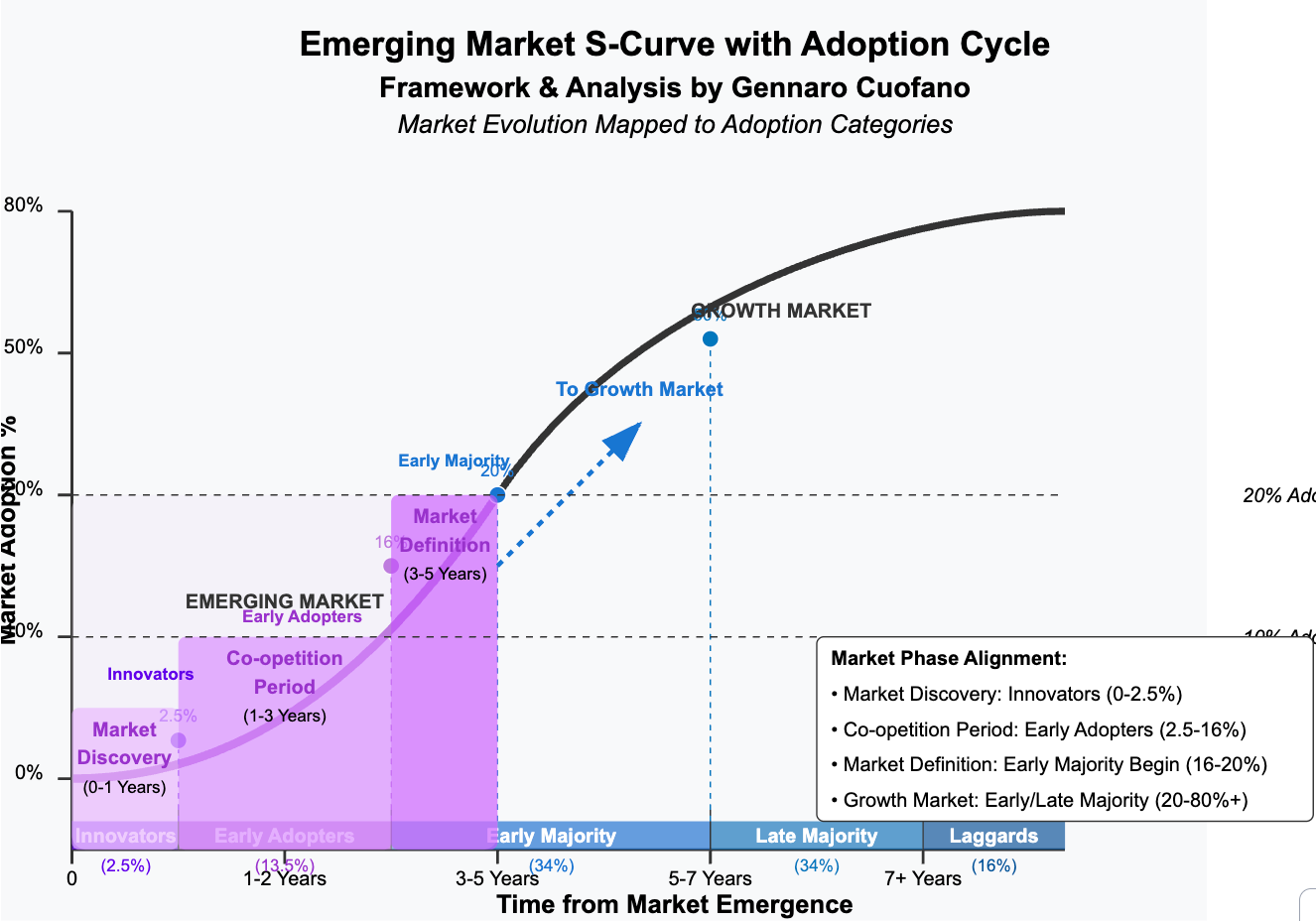The State of Enterprise AI Adoption [Report]
One key shift to me is the market transition we’re currently looking at, which is showing we’re at a “crossing the chasm” moment of AI.
This is a critical moment, a very fragile one, where demand is unprecedented on the one end, while on the other end, the promise of what AI can deliver has also raised expectations at the C-level.
This has created an “organizational gap” between what C-level executives believe can be achieved through AI and what employees truly believe AI potential might be.
As reported by Axios, this is showing across several key areas:
This “organizational gap” might work as an adoption bottleneck, which might slow down or, worse yet, completely halt the adoption of AI at the core of organizations.
In short, we’re at a critical juncture of AI adoption in the enterprise space, where this mismatch, possibly turning into an “organizational sabotage,” might make the picture for AI adoption in the 2030s quite ugly.
Now, if we were to map it out in an S-curve, that is how it might look.
This is, of course, just a reference before we dive deep into it by looking at hard numbers.
However, the key point is that as this AI market moves from the emerging to the growth phase, it also enters its “early majority.”
That is a critical and delicate phase, where the psychological profile of key people using the tech is shifting from early adopters, who are open to innovative tools with all their drawbacks, as long as these keep them on the edge of the market.
To the early majority, which by definition is a psychographic profile looking at staff that, outside the innovative aspect of it, can deliver quite solidly, and potentially at scale, on the commercial use case, it’s promising.
That, of course, marks a key moment in adopting AI.
Even with top executives in the loop, to enable its adoption, aligning operational teams to make sure they embrace AI will be a key contention point for the next few years, as the “organizational divide” across these two groups can work out as a significant roadblock for AI adoption at scale, into the enterprise.
Let’s now look at some hard data.
This is part of an Enterprise AI series to tackle many of the day-to-day challenges you might face as a professional, executive, founder, or investor in the current AI landscape.









